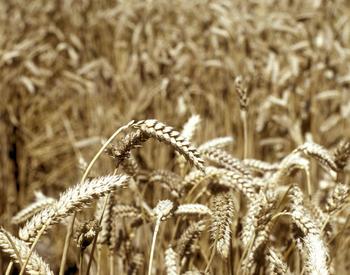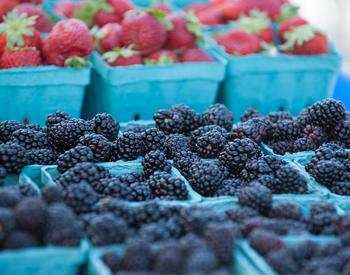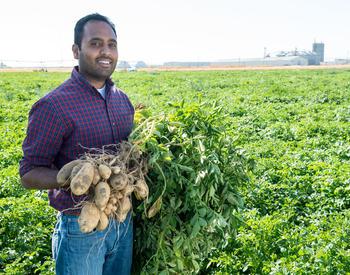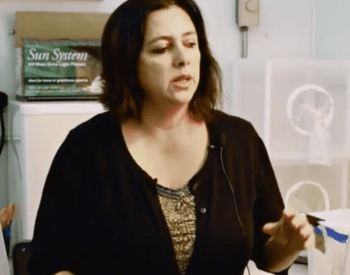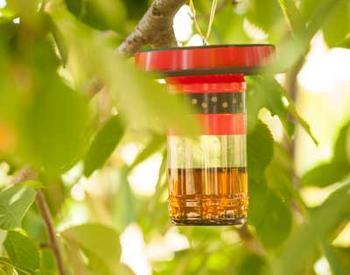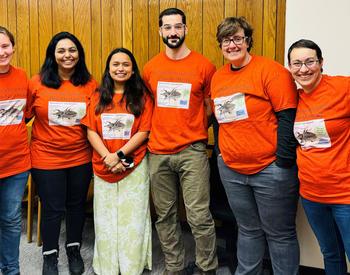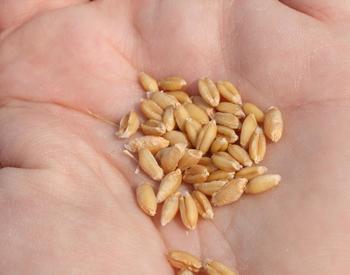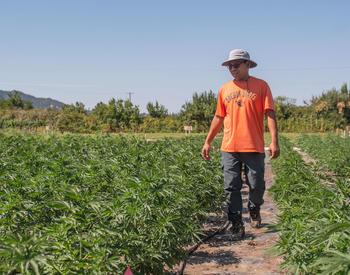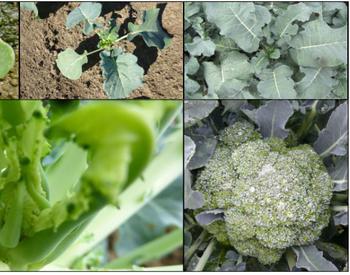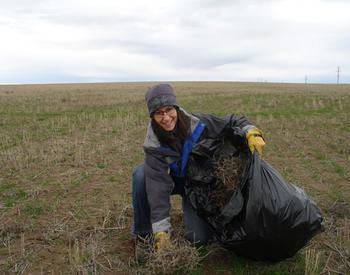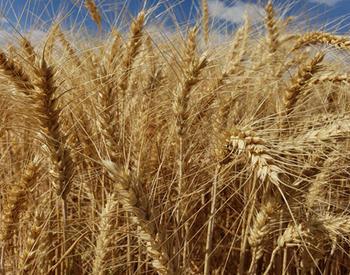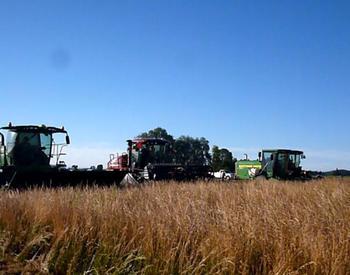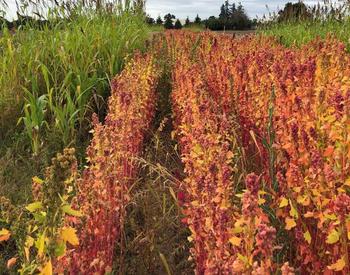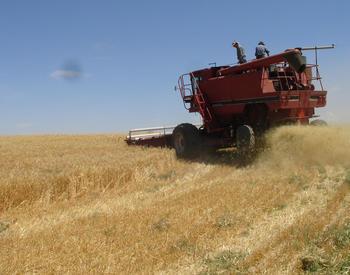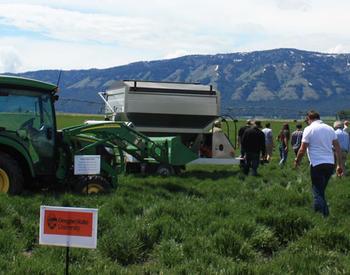One common question about growing hemp is, “What is the optimum row spacing and plant density to grow my hemp crop?” Hemp is very adaptable to various plant spacing (crop density) and its growth pattern will respond to how much “elbow room” we give it. But noncrop factors also affect the best plant spacing for each situation.
Knowing the market you’re growing for is key. if you are mainly growing large, high-quality primary flower structures (colas) as well as maximizing the number of secondary and tertiary branch colas, then a wider plant spacing encourages more side-branching and thus more secondary cola production.
We see commercial plantings of full-season (daylength-sensitive) types on perhaps a 6-by-5-foot spacing, which is only about 1,500 plants per acre. Such plants are often 5 or 6 feet tall with a 5-foot diameter. However, if you are interested in maximum biomass where the entire plant will be machine-harvested and then extracted, you are probably not as concerned about the size, quality or appearance of the individual colas.
Research at OSU and elsewhere has shown that when plants are grown closely together the primary cola size is not affected much, but crowded plants will produce fewer side branches and far fewer secondary and tertiary colas. For full-season types, maximum total plant biomass yield per acre is generally achieved when the planting is dense enough so that the plants crowd each other a bit as it nears maturity (canopy closure complete by the time of first flowering). Plantings above about 9,000 plants per acre achieve high biomass production for full-season types (spaced at about 2.5-by-2 feet). At OSU-Southern Oregon Research and Extension Center we have studied plant densities as high as about 40,000 plants per acre. At such a high density, plants tend to be taller with a single primary and very few side branches.
So even though the number of secondary and tertiary colas per plant increases at low plant densities, those increased flowers do not make up for the fewer number of plants per acre. So, this gets back to the question of crop marketing goals. Widely spaced plants will produce more branches with more good-quality secondary and tertiary colas, whereas densely spaced plants will produce fewer secondary and tertiary colas per plant, but more floral biomass and extractable cannabinoid yield per acre.
These factors must all be adjusted when considering the “autoflower” (day-neutral types). These autoflower types are smaller, maybe 2 or 3 feet tall at maturity with a 2-foot diameter. These types need a much shorter growing season, which can be an important factor to consider in times of drought and limited irrigation water availability.
They also tend to produce a single large cola and not much side branching or secondary colas, and not much stem and leaf biomass compared to full-season types. For these reasons, autoflower types can be an attractive option, but their growth habit strongly affects their optimum density. We would not consider autoflower types to be densely planted and affecting their neighbor’s growth habit until they are closer than about a 2-by-1 foot spacing (22,000 plants per acre or more).
Other crop production factors are also affected by plant spacing. For example, when plants are grown very closely together in humid climates or are irrigated frequently using an overhead sprinkler system, there is increased potential for disease problems such as powdery mildew or other diseases that thrive in moist warm environments. Drip irrigation can help in these situations, but wider plant spacing that allows air movement also slows the transmission of some diseases.
Other practical considerations include things such as tractor and equipment width, restrictions based on tillage equipment or plastic mulch width, etc. The cost or hassle of adjusting these kinds of physical constraints may override plant growth characteristics when deciding on planting configurations.
An example of the effect of plant density on the biomass of primary, secondary and tertiary colas as well as leaf/stem biomass on a per-plant basis for a full-season hemp type is shown in the accompanying graph. Results from research at the OSU-Southern Oregon Research and Extension Center in 2020.
